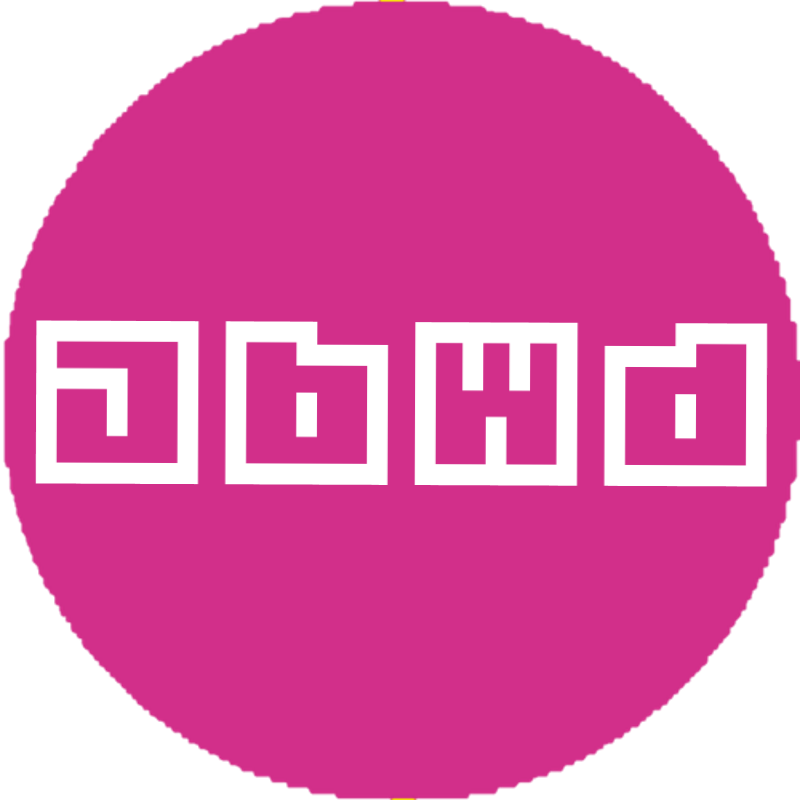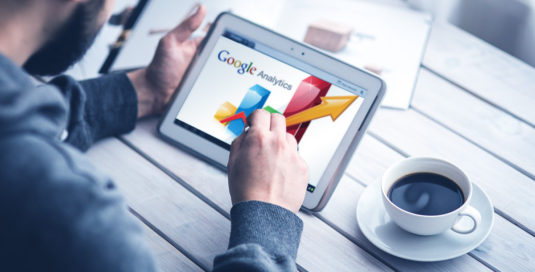Everyone wants to be first on search engines! The good news is that a good ranking on Google can also be achieved through a series of SEO On-Page practices.
Each Google search page always shows both organic (or natural) results and “sponsored” results, ie paid advertisements. Everyone wants to appear first on search engines, but unless you use paid ads, no one can ever guarantee that your site will be visible in the top positions (if someone could guarantee that – they would be a millionaire!). Search engines reward only the most relevant results based on the search keywords, and ranking on Google depends only on its own secret algorithms. (which changes about 500 times a year – so it’s a job to keep on top of it!)
What can you do to improve your ranking on Google?
There are several actions you can take to improve the ranking of websites. SEO is the acronym of “Search Engine Optimization” and indicates all the activities necessary to optimize the website for organic positioning so that it may appear on the first page of search results.
There are two types of SEO categories – SEO On-page and SEO Off-page. Off page is mainly focused on marketing techniques, so in this article I will concentrate on On page SEO.
On-Page SEO describes the aspects of optimization that can be done directly on the pages of our website, from page structure to HTML to textual content and images.
Google’s search engine optimization guidelines give us some practical suggestions:
Keywords
First define your keyword focus for the page or keyword for which you want to be found. Do you have a fish and chip shop in Battersea? If you do, your focus keyword could be “fish and chip shop battersea”
URL of the page
The URL of the page must be descriptive, easy to read and remember and above all must contain the keyword you have chosen. For Google the first 3-5 words of the URL have the most weight, so remember to put the keyword at the beginning.
The title of the page
The page title is one of the main factors to get a good ranking on Google. It must contain the keyword, preferably at the beginning, it must be unique, and must be informative enough to let the user immediately understand what the page is about.
The description of the page
The description of the page (meta tag description) must be unique and must explain in 130/140 characters, the page’s topic. It is the text that will appear in the preview of the search results on Google so make it snappy, concise, and make it clear what your website is about. Make it appealing too, so your intended user can’t help but click to read more!
Use of Headings
In preparing the texts, be sure to use the heading tags appropriately, inserting the H1, H2, H3 so as to create a clear and readable hierarchical structure to capture users’ attention.
Remember to insert only one H1 per page to highlight the title, a H2 for sub-headings or a short abstract, and H3 for the titles of the paragraphs and so, to go down, up to H6. It makes a difference!
Images and Videos
The use of images or video enriches your content, facilitates user interaction, increases the time spent on the page and decreases the rebound rate, all positive factors that improve the positioning on Google! In general, it makes text pages more pleasant, breaking the monotony and giving a greater visual rhythm.
The use of images, however, must follow some good practices: the images must have a name that means something – IMG_043 for example means nothing for the user or for the search engine – so take care to name your files with a significant title. Furthermore, always add the “alt” attribute, possibly different from the title and more descriptive, to specify what is represented in the image. And make sure they are compressed as much as possible! Large images will slow down the site more than anything else!
Text content
Size matters … even in Google positioning! Writing informative and in-depth content can help you climb the top positions. Try to write articles of at least 700 words for niche keywords, but if your keyword is high competition, try and get the word count as high as possible. 3000 words separated into clear, concise paragraphs and you won’t go wrong. Shareable content is also great to increase traffic, everybody loves top 10 lists!
Links and Social Network
It is proven that Google improves the Page Rank of the pages that insert links to relevant, authoritative and reliable external sites. Adding internal links instead can help reduce the rebound rate, providing visitors with other content of interest. Finally, do not forget to always insert the sharing buttons on Social Networks to make sure that your contents are circulated as much as possible..
SEO for WordPress
if you have a WordPress site, a great source of help is available with the excellent SEO plugin for WordPress, called WordPress SEO by Yoast which provides fundamental help for optimizing pages and posts.
To sum up, while all the tips on this page will certainly help you improve your Google positioning, above all you must be focused on user satisfaction, and give your users the content they are searching for. Google is very, very intelligent. It knows if your site offers value, or is a poor site stuffed with keywords and duplicate content. If you have something of value to offer, your site will do well in the search engines.
Ask yourself this… how many times you have arrived on a site and you closed it immediately because you have not found what you wanted?






